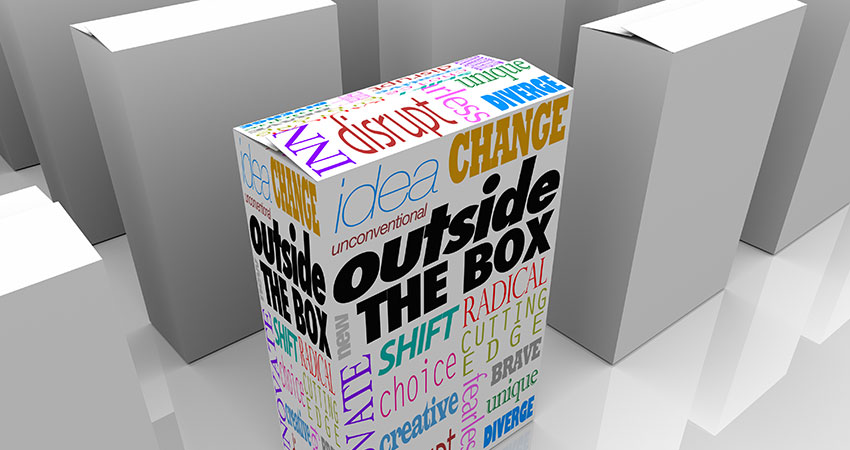The modern marketplace is changing fast. Global ecommerce has grown by double digits every year since 2012. While retailers have rushed to have the technology and logistics in place to facilitate customer expectations, consistent branding has suffered.
More businesses are delivering products across channels, but few are delivering consistent or exceptional marketing messages that maximize impact digitally and physically through packaging and in-store product displays. Multichannel retailers that do not invest in consistent branding suffer. Aligning digital marketing and physical branding is key. Consider these stats.
- Consistent branding across all platforms increases revenue by up to 23% according to LucidPress
- 87% of consumers surveyed say that personally relevant branded content positively influences how they feel about a brand, according to Marketing Insider Group
- 72% of marketers say branded content is more effective than magazine ads, TV, or direct mail, according to The Content Council
- Color alone improves brand recognition by up to 80% according to the University of Loyola.
Brands do not have to sacrifice. Consistent branding is critical to growing sales. Here are three tips to align branding across digital and physical channels.
Don’t Sacrifice Branding for Product Protection
Product protection is an important criterion; however, businesses don’t have to sacrifice branding for protection. Consider how you can continue your marketing message in packaging. For example, the classic corrugated shipping box has been preferred for its durability and flexibility, but can be transformed as a marketing tool for even the highest end luxury brands.
Corrugated boxes can be branded with images and coatings that reinforce brand messages. Printing costs have decreased so that boxes can be personalized at scale based on customer segmentation or location. Also the inside of a box can communicate your brand story through graphics, product inserts or even scent.
Another opportunity that is often overlooked is cold shipping. Cold shipping packaging tends to be solely utilitarian (dare we say ugly?), but advancements in printing technology and materials have opened up new possibilities for products that must remain cold upon delivery, such as food and beverages, human and pet pharmaceuticals and cosmetics. Recycooler, a reusable and recyclable, earth-friendly cooler printed with soy-based ink is one example of how brands can de-uglify cold shipping. Other options include using branded insulating materials, printing on the outside or inside of cold shipping boxes or including branded inner boxes.
Don’t Sacrifice Branding for Convenience
More retailers are shipping products directly to consumers. Packages often arrive in standard shipping boxes or other utilitarian protective materials, but why? Marketers are missing opportunities to increase sales when they fail to see packaging as a shippable billboard.
Graphics and logos on shipping boxes should be as appealing as those found in store. I once ordered a bulk box of chocolates from one of the world’s largest candy manufacturers. The product arrived in a plain brown cardboard box despite the company spending hundreds of millions of dollars in marketing elsewhere. Instead of sending a simple box, create an experience similar to what customers have in store.
Provide useful information, such as a recipe or announce a new product on the inside of a box. Boxes can also double as other useful items, such as rulers, toys, coloring surfaces for children or reusable storage. When you customer receives a package, they are excited and expectant. Don’t let the pleasure associated with receiving a package be a missed opportunity.
Don’t Sacrifice Creativity for Price
Flexographic and digital printing has made direct print POP displays more affordable than ever to produce at scale. Displays are also more interactive than ever.
Modern printing technologies can also completely transform the look of corrugated packaging and POP displays to mimic different types of materials including wood, fabric and stone. One example is a global wine producer that sought to create a wine barrel in-store display to hold 66 bottles of wine, but had given up on the idea because of the cost of a wood display. While wood is an excellent material for displays that hold heavy merchandise, it can be expensive to produce and ship for temporary displays. An alternative design was created using lightweight, inexpensive, recyclable corrugated material capable of holding 220 pounds of wine and was approximately 50% of the costs.
In the new digital marketplace, your customers are your best marketing tool. Don’t neglect or overlook the most personal and physical interactions your customers have with your brand. See these interactions as new opportunities to connect with them.
Pete Galbiati is Director of Marketing for Peachtree Packaging & Display

